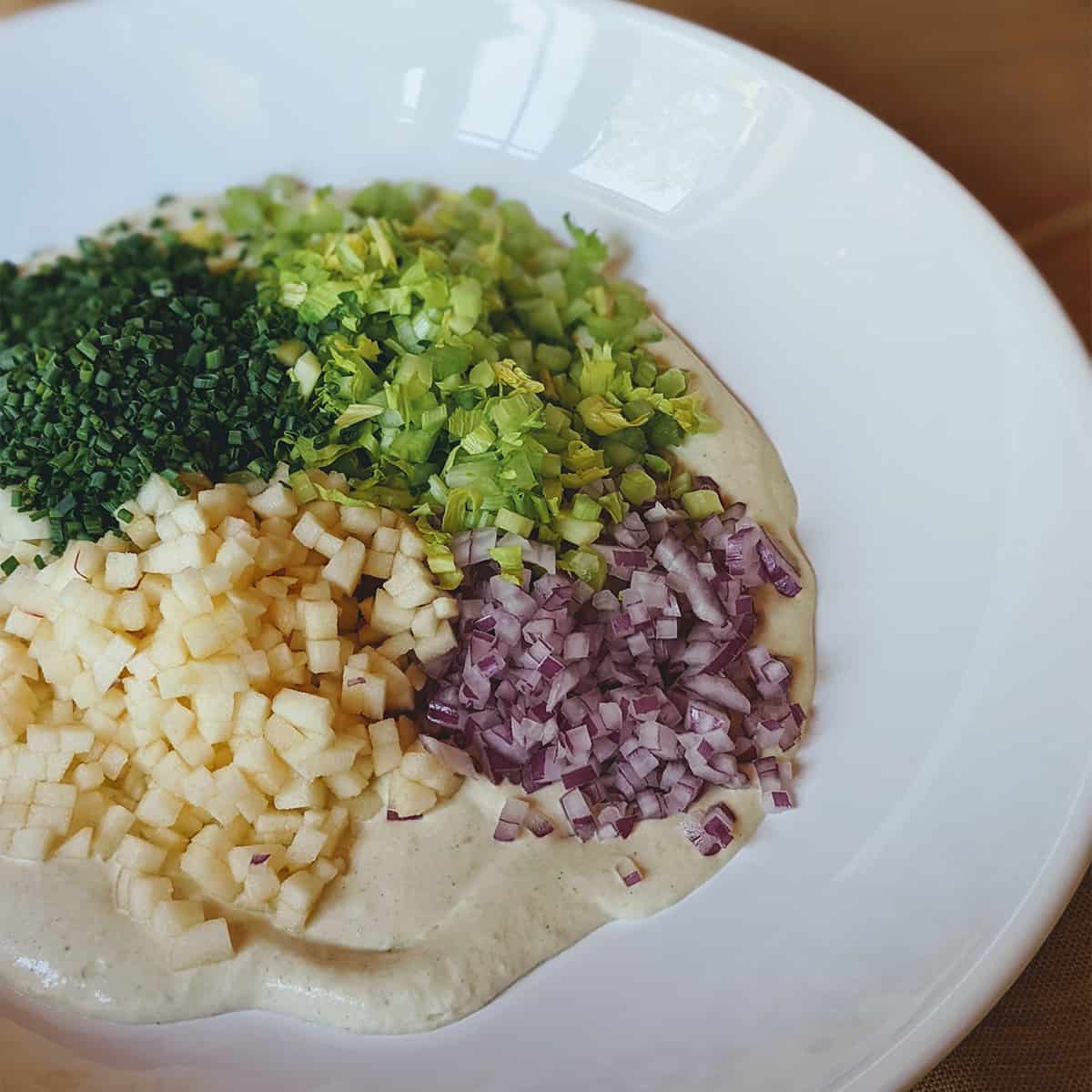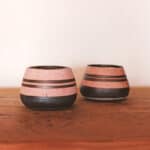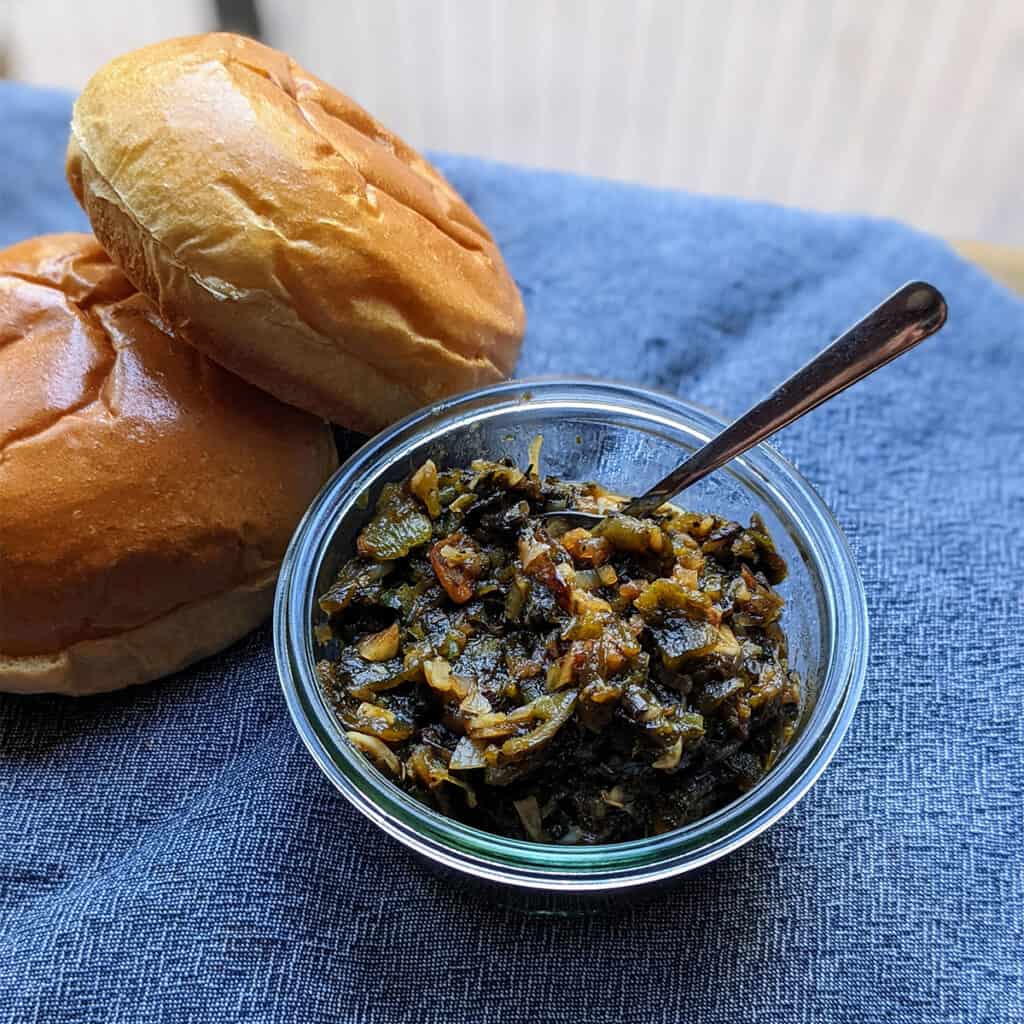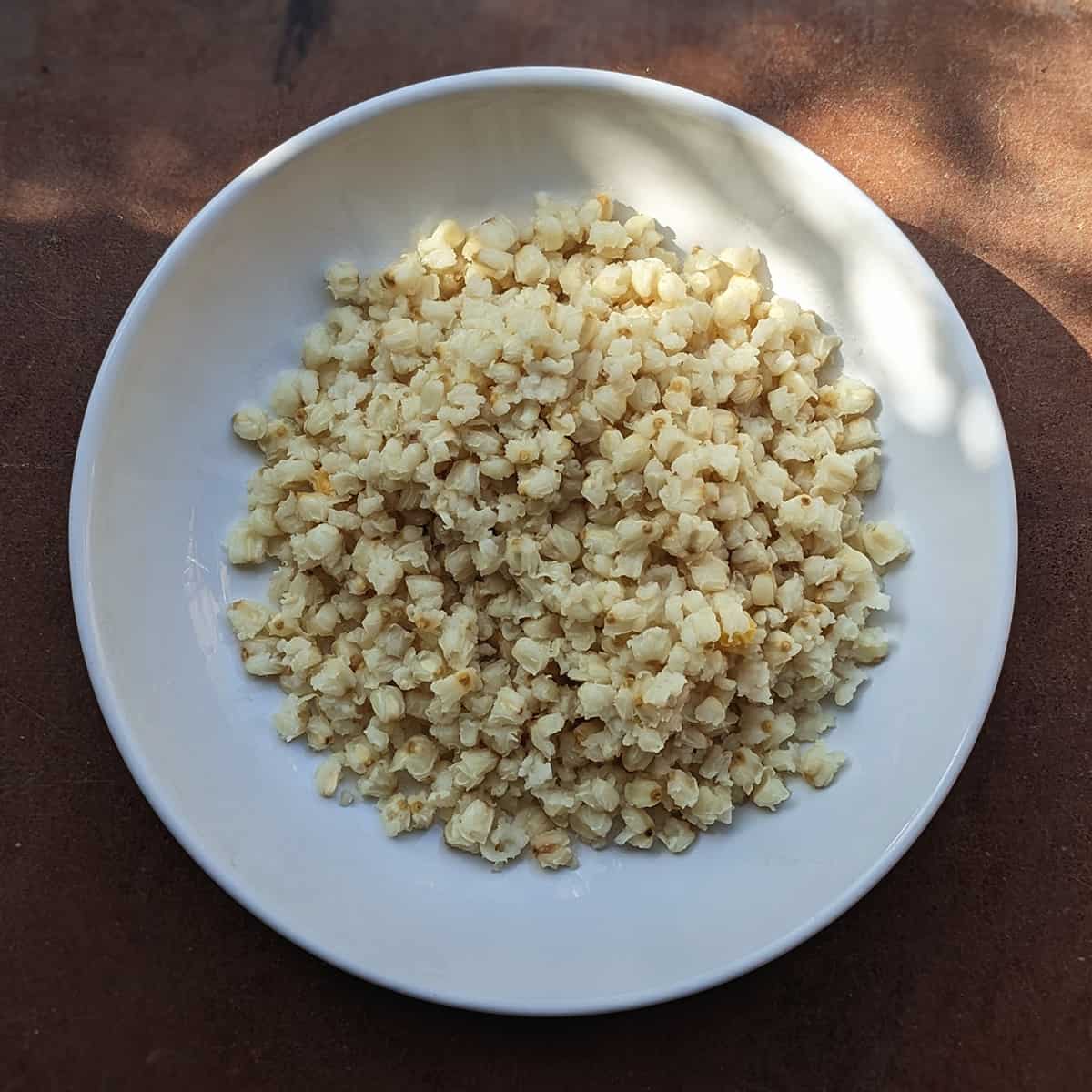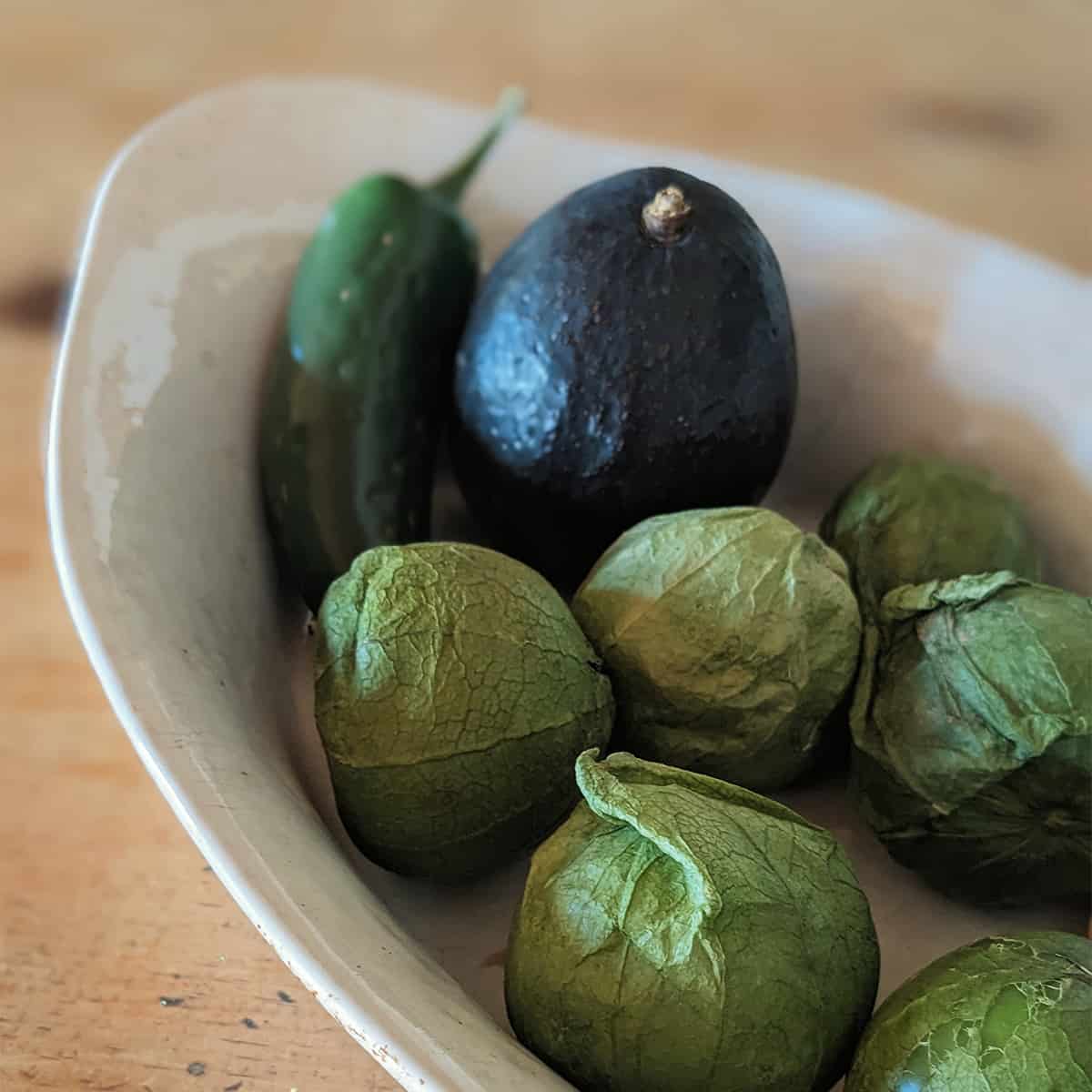When warm weather arrives, my family can’t wait to get outside. We take more walks, go adventuring around town and look for any and all excuses to light up the grill. This Picnic Chicken Salad is made for days like these. It’s easy to make ahead, easy to make into sandwiches, and versatile enough to bring along on a hike or stash in your picnic basket for tailgating at the opera.
Make it happen
This recipe brings back a lot of memories because it reminded me this week of a lobster salad I used to make way back when I was working as a chef de partie at Avenues in the Peninsula Hotel in Chicago under the helm of Chef Graham Elliot. The kitchen was small and only had room for four of us aside from Chef. Even though we were serving anywhere from three to 20+ course spontaneous tasting menus, somehow night after night we got it done with enough juice left in the tank to wake up and do it again the next day. I think having a handful of so-simple-how-can-it-taste-this-amazing kind of recipes up our sleeves was how we pulled it off with such a small team. That, and the phrase that became a kind of daily mantra “make it happen” which when said to each other was annoying and motivational in equal measure. And somehow at the end of the night, even when we were faced with a seemingly impossible prep list or a stack of tickets from the dining room, by some miracle we actually had made it happen. I would like to publicly apologize to my husband and kids who sometimes hear me accidentally say “make it happen” to them. What can I say? It’s a habit that has worked for me for a long time, so now as a mom maybe it can work its magic at home too, or so I can dream.
Creme Fraiche is the way
You’ll notice that I steer clear of mayo or even sour cream and use creme fraiche instead. Creme Fraiche is the French, fattier and creamier cousin to sour cream. Thinned with a little lemon we get a decadent, bright, and creamy dressing that doesn’t get weighed down with the oily mouthfeel found in mayo. Don’t get me wrong, I love a good garlic mayo on too many things to count, but here I wanted to keep it light and flavor-forward in every possible way.
The meat
You can make this salad as it is here with pulled roasted chicken, or you can use steamed or roasted chicken breasts, roasted or smoked salmon, shrimp, or cooked lobster meat. If you want to leave out meat altogether, just substitute roasted baby or new potatoes, and viola! One of my favorite potato salads of all time.
Common misconceptions
There is a common misconception that when picnic salads go bad, it is because of the creamy dressing. This is false. A lot of times, a dressing will actually protect the salad a bit because they usually contain some preservatives like sugar or acid, but the bigger dangers are dirty hands or utensils when preparing it and all cut vegetables and fruits because they contain more surface area for bacteria to grow. When you head out into the field with any kind of prepared food, keep it on ice in a cooler or be sure to consume it within 2 hours, or 1 hour if it’s extra hot out. Happy trails!
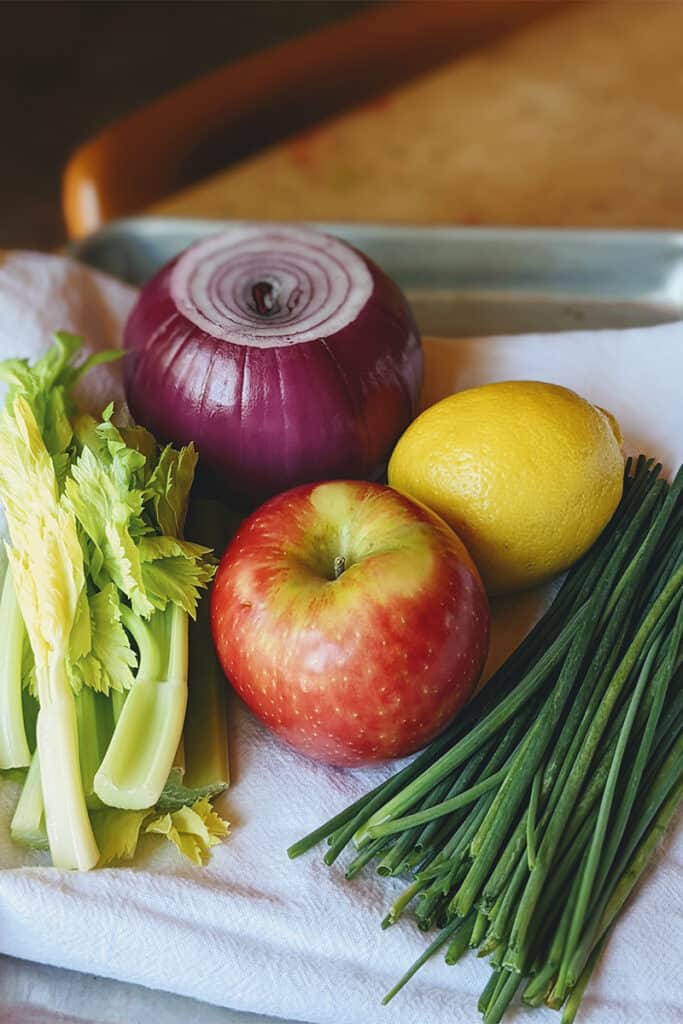
Hatch Green Chile Picnic Chicken Salad
This Picnic Chicken Salad is made for warm-weather picnics or backyard barbeques. It’s easy to make ahead, easy to make into sandwiches, and versatile enough to bring along on a hike or stash in your picnic basket for tailgating.
- Prep Time: 15 mins
- Cook Time: 0 mins
- Total Time: 15 minutes
- Yield: 2 quarts
- Category: Summer
- Method: chop
- Cuisine: American
Ingredients
- 2 fire-roasted hatch green chiles, peeled, seeded, and diced
- 8 oz. creme fraiche
- 1 Lemon, juiced and zested (around 2 T. Juice)
- 1 large apple, finely diced
- 1/2 c. finely diced red onion
- 1/4 c. Minced chives
- 1 c. Celery and leaves
- 4 c. pulled roasted Chicken,
- Salt and pepper to taste
Instructions
In a blender, blend the green chiles, creme fraiche, lemon juice, and zest until smooth. Transfer this mixture to a large bowl and add the apple, red onion, chives, celery leaves, and roasted chicken. Season to taste with salt and pepper.
